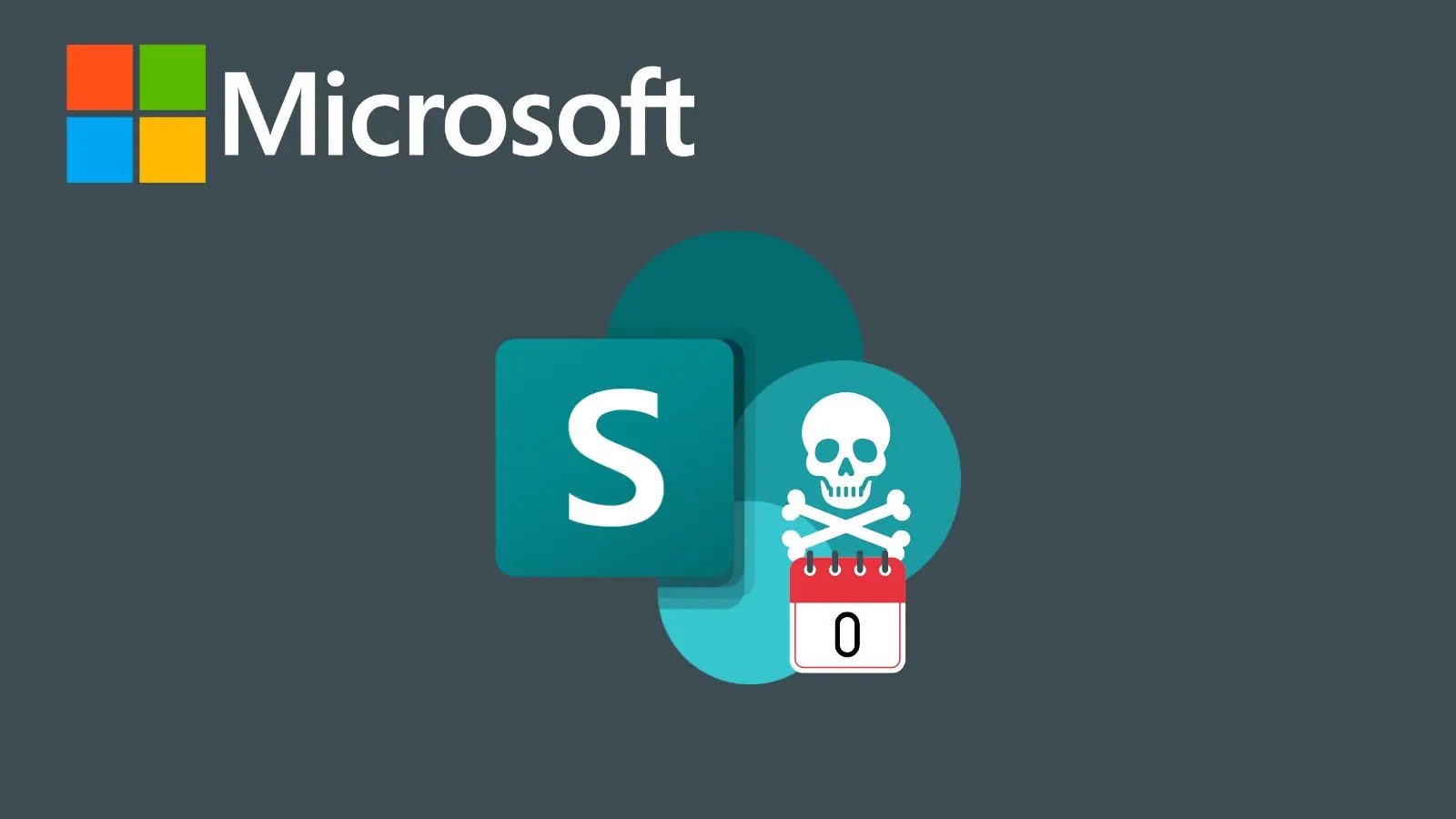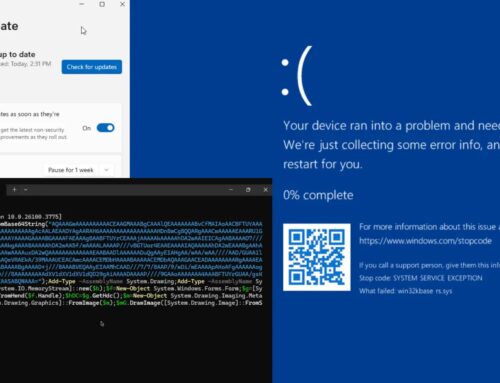
17K+ SharePoint Servers Exposed to Internet – 840 Servers Vulnerable to 0-Day Attacks
Thousands of SharePoint Servers Exposed: A Critical Internet-Facing Threat
The digital landscape is constantly shifting, and with it, the pervasive threat of cyberattacks intensifies. Recent findings from the Shadowserver Foundation have unearthed a significant vulnerability, revealing over 17,000 Microsoft SharePoint servers exposed directly to the internet. This alarming discovery highlights an immediate and extensive attack surface for malicious actors, with a subset of these servers facing an even graver risk from a newly identified zero-day vulnerability.
The Scale of Exposure: 17,000+ SharePoint Servers at Risk
The sheer number of publicly accessible SharePoint servers is a stark reminder of the challenges organizations face in securing their digital assets. While internet accessibility is often a business requirement for collaboration and data sharing, it inherently amplifies the potential for compromise if not meticulously managed and protected. Each of these 17,000+ exposed servers represents a potential entry point for attackers seeking to exploit known weaknesses, misconfigurations, or, more critically, unpatched vulnerabilities.
ToolShell: A Critical Zero-Day Threat on the Horizon
Among the multitude of exposed servers, a particularly concerning statistic emerges: 840 SharePoint servers are specifically vulnerable to a newly identified zero-day vulnerability. Dubbed “ToolShell” by researchers, this critical flaw is formally tracked as CVE-2025-53770. It carries an alarming CVSS score of 9.8, signaling maximum severity. The implication of such a high score, especially for an unauthenticated vulnerability, is profound: an attacker requires no prior authentication to exploit it. This allows for arbitrary code execution, granting adversaries extensive control over the compromised server and potentially the entire network.
Understanding the Impact of CVE-2025-53770
The ability of an unauthenticated attacker to execute arbitrary code via CVE-2025-53770 poses an existential threat to organizations. Once an attacker gains this level of control, the consequences can include:
- Data Exfiltration: Sensitive organizational data, intellectual property, and personal information can be stolen.
- System Compromise: Attackers can establish persistence, modify system configurations, and deploy further malware, including ransomware.
- Network Pivoting: A compromised SharePoint server can serve as a jumping-off point to move laterally within the network, targeting other critical systems.
- Business Disruption: Critical business operations reliant on SharePoint can be severely interrupted or brought to a halt.
- Reputational Damage: Data breaches and system compromises erode customer trust and inflict lasting damage to an organization’s reputation.
Remediation Actions for SharePoint Administrators
Immediate action is paramount for organizations operating internet-facing SharePoint servers, especially those identified as vulnerable to CVE-2025-53770. The following steps are critical:
- Identify Exposure: Utilize external scanning tools or services to identify all internet-facing SharePoint servers within your infrastructure.
- Patch Immediately: As soon as a patch for CVE-2025-53770 is released by Microsoft, apply it without delay. Monitor official Microsoft security advisories closely.
- Review Network Perimeters: Re-evaluate firewall rules, intrusion detection/prevention systems (IDS/IPS), and Web Application Firewalls (WAFs) to ensure optimal protection of SharePoint instances. Implement geo-blocking if access is only required from specific regions.
- Implement Least Privilege: Ensure that the service accounts and administrative accounts used by SharePoint operate with the absolute minimum necessary privileges.
- Regular Security Audits: Conduct frequent security audits and penetration tests on internet-facing assets to proactively identify and remediate vulnerabilities.
- Monitor Logs: Enhance logging for SharePoint servers and related network devices. Monitor for unusual activity, failed login attempts, and suspicious access patterns. Implement Security Information and Event Management (SIEM) solutions for centralized log analysis.
- MFA for Administrative Accounts: Enforce Multi-Factor Authentication (MFA) for all administrative accounts accessing SharePoint and associated systems.
- Isolate and Segment: Where possible, network segment SharePoint servers from other critical internal systems to limit lateral movement in case of a breach.
Tooling for Discovery and Protection
Leveraging appropriate tools is vital for identifying exposed SharePoint servers and enhancing their security posture. Below is a list of useful categories and examples:
| Tool Name/Category | Purpose | Link (Example) |
|---|---|---|
| Shodan | Internet-wide search engine for connected devices; can identify exposed SharePoint servers. | https://www.shodan.io/ |
| Nessus / OpenVAS | Vulnerability scanners to identify known vulnerabilities (once CVE is public and scannable). | https://www.tenable.com/products/nessus |
| Microsoft Defender for Cloud Apps | Cloud Access Security Broker (CASB) for monitoring and protecting cloud applications like SharePoint Online. | https://learn.microsoft.com/en-us/defender-cloud-apps/ |
| Web Application Firewalls (WAFs) | Protects web applications from common web-based attacks; can help mitigate zero-day exploits. | e.g., Cloudflare WAF, Akamai WAF, Azure Application Gateway WAF |
| Network Intrusion Detection/Prevention Systems (IDS/IPS) | Monitors network traffic for suspicious activity and known attack signatures. | e.g., Snort, Suricata |
Conclusion: Proactive Security for SharePoint Is Non-Negotiable
The revelation of 17,000+ internet-exposed SharePoint servers, with 840 susceptible to a critical zero-day like “ToolShell” (CVE-2025-53770), underscores a pressing need for heightened vigilance. Organizations must prioritize robust security practices, including thorough asset discovery, immediate patching, stringent access controls, and continuous monitoring. In an environment where threats evolve rapidly, a proactive and layered security strategy is the only effective defense against potentially catastrophic breaches.





